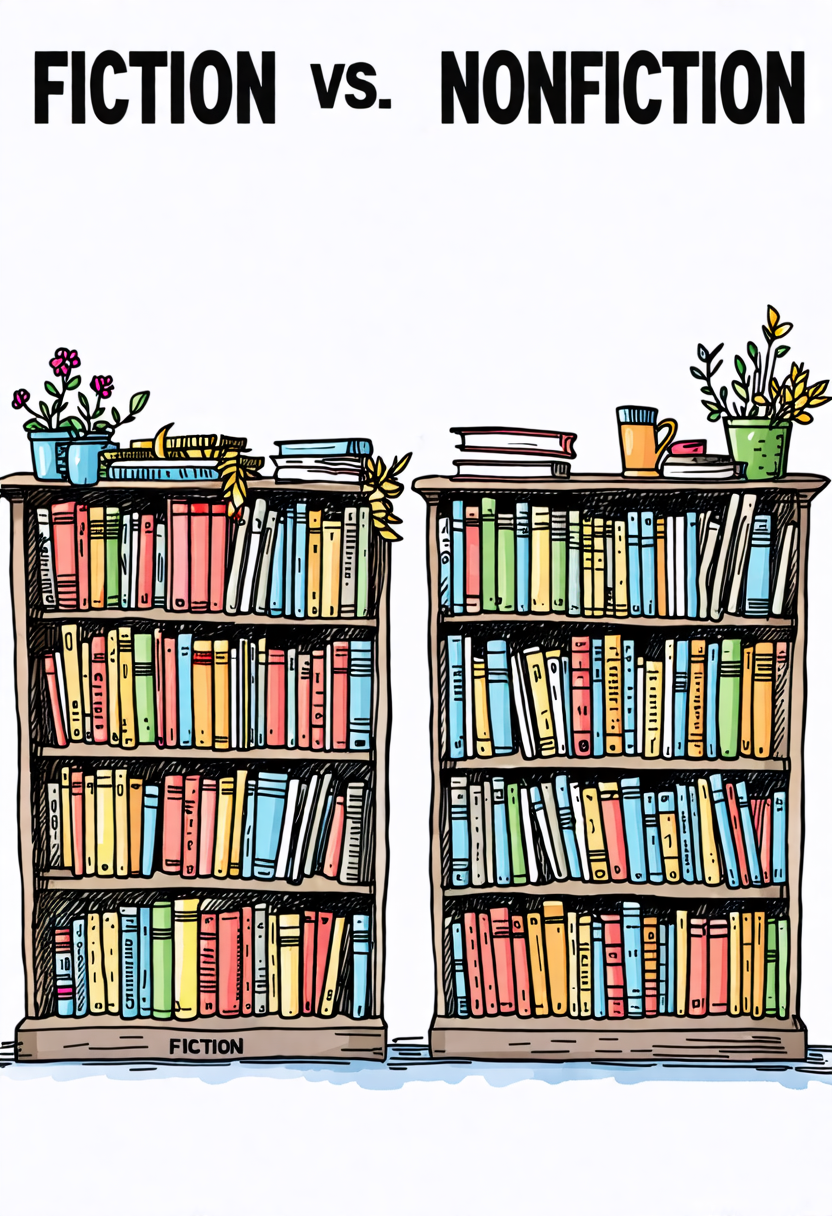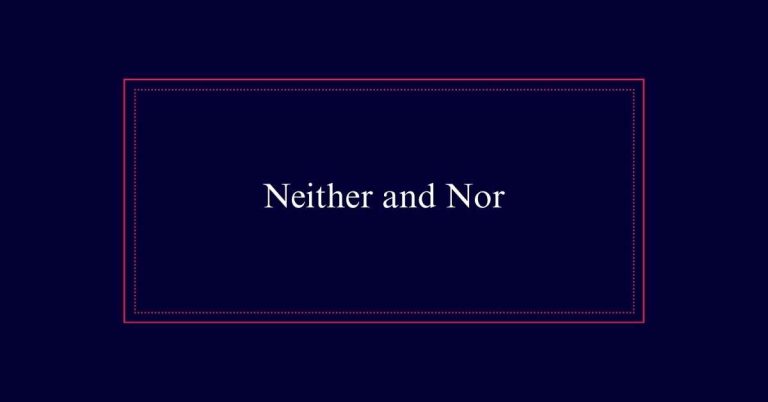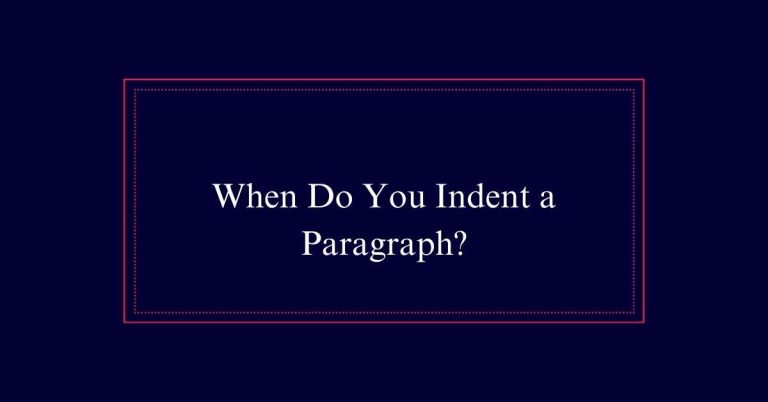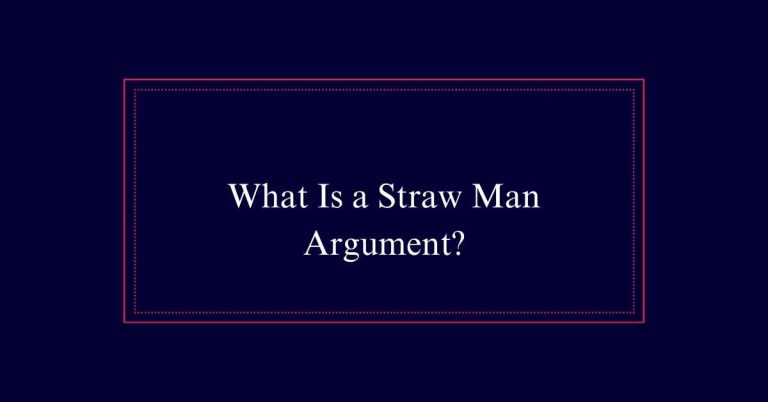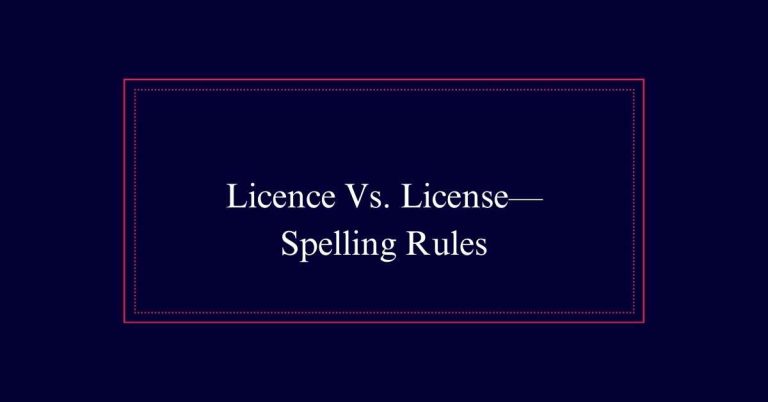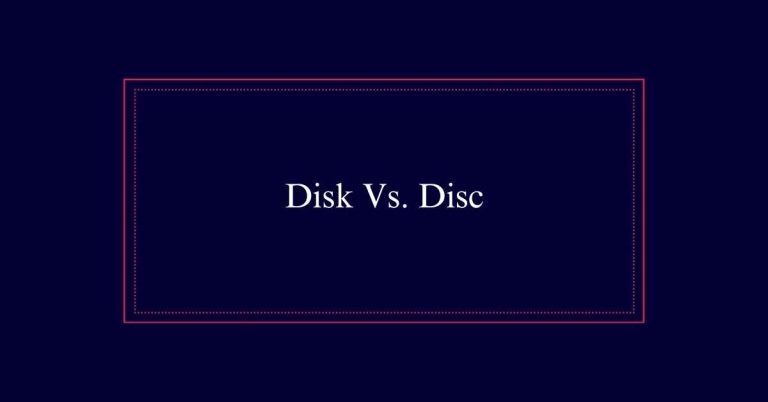Fiction Vs. Nonfiction
Fiction involves creating stories from imagination, featuring invented characters, settings, and plots. Examples include *Harry Potter* and *1984*. It aims to entertain and explore themes. Nonfiction, on the other hand, is based on real events and factual data, seeking to inform or educate.
Examples include biographies, memoirs, and historical accounts, such as *The Diary of Anne Frank*. Each type of writing serves different purposes and uses distinct techniques to engage the audience.
Understanding Fiction and Nonfiction
Understanding fiction and nonfiction is essential for distinguishing between imaginative storytelling and factual narratives. Fiction is created from the writer’s imagination and includes made-up characters, settings, and events. It aims to entertain, explore themes, or provide artistic expression.
In contrast, nonfiction is based on real-life events and factual information. It seeks to educate, persuade, or document true occurrences. Nonfiction authors aim to relay accurate, verifiable details.
Therefore, fiction and nonfiction serve different purposes: fiction allows for creative freedom, while nonfiction emphasizes truth and authenticity. Recognizing these differences helps readers choose appropriate materials for their needs, whether seeking entertainment or knowledge.
Imaginative Storytelling in Fiction
Imaginative storytelling in fiction involves creating characters, settings, and events that exist only in the writer’s mind. This form of writing allows for endless creativity and innovation.
Fiction writers can invent entirely new worlds, develop complex characters, and craft intricate plots. These elements combine to engage readers and provide an escape from reality.
Here are three key aspects of imaginative storytelling in fiction:
- World-building: Creating detailed and immersive settings that transport readers.
- Character development: Designing unique, multi-dimensional characters with distinct personalities and growth arcs.
- Plot construction: Weaving together events and conflicts to form a compelling narrative.
Real-Life Events in Nonfiction
While fiction captivates with imaginative storytelling, nonfiction grounds readers in the reality of true events and authentic experiences.
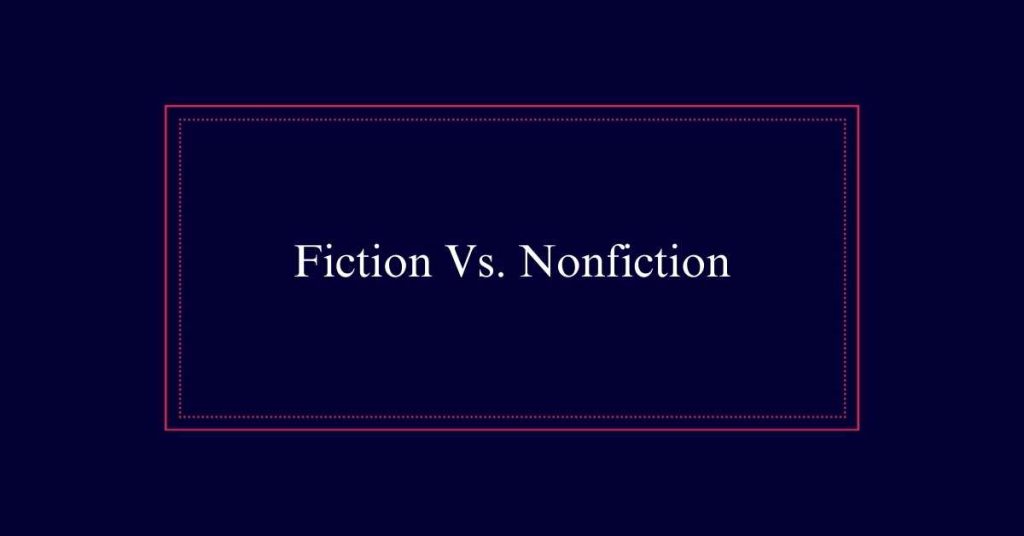
Nonfiction books explore individuals’ lives, documenting their achievements and struggles. Historical texts analyze past events, offering insights into different eras. Memoirs give personal accounts, allowing readers to connect with the author’s journey.
Travelogues describe real adventures in various locations. Nonfiction also includes journalistic works that report on current events with accuracy. These narratives rely on thorough research, interviews, and verified facts.
The primary goal is to inform, educate, and sometimes persuade readers through genuine stories. Nonfiction enriches our understanding of the world by presenting real-life events and factual content.
Fictional Genres and Subgenres
Fiction encompasses numerous genres and subgenres, each offering unique storytelling experiences. These categories allow writers to explore various themes, settings, and characters, providing readers with diverse forms of entertainment and reflection.
Below are three primary genres and their subgenres:
- Fantasy:
- High Fantasy
- Urban Fantasy
- Dark Fantasy
- Mystery:
- Cozy Mystery
- Detective Fiction
- Legal Thriller
- Science Fiction:
- Space Opera
- Cyberpunk
- Dystopian
Each genre and subgenre shapes the narrative’s structure and style, targeting specific reader interests. Fantasy might explore magical worlds, while mystery focuses on solving crimes. Science fiction delves into futuristic technology and its implications.
Popular Fiction Examples
Many works within the various genres and subgenres of fiction have achieved significant popularity and cultural impact. Classic examples include J.K. Rowling’s *Harry Potter* series, which has captivated readers with its fantasy world of magic and adventure.
George Orwell’s *1984* remains a powerful dystopian novel reflecting societal concerns. Jane Austen’s *Pride and Prejudice* continues to enchant readers with its romance and social commentary.
Modern thrillers like Dan Brown’s *The Da Vinci Code* keep audiences on the edge of their seats. Science fiction enthusiasts find excitement in Isaac Asimov’s *Foundation* series.
Each of these works showcases the range and depth of fiction, offering readers varied experiences from escapism to thought-provoking narratives.
Categories of Nonfiction
Nonfiction encompasses a wide range of categories, each dedicated to presenting factual information on diverse subjects. These categories aim to educate, inform, and sometimes persuade readers about real-world topics.
Here are three primary categories of nonfiction:
- Biography and Autobiography: These works explore the lives of individuals, offering insights into their experiences and achievements.
- History: This category involves the study and recounting of past events, shedding light on significant occurrences and their impact on society.
- Self-Help and How-To: These books provide practical advice and strategies for personal development, skill acquisition, and problem-solving.
Forms of Nonfiction Writing
Various forms of nonfiction writing often provide readers with informative and engaging content based on real events.
Essays explore specific topics or issues, presenting arguments and insights.
Articles cover current events, research, or trends and are commonly found in newspapers and magazines.
Memoirs offer personal reflections and experiences, giving readers a glimpse into the author’s life.
Biographies detail the life story of a person, often highlighting key achievements and challenges.
Textbooks are educational tools that provide structured information on various subjects.
Travelogues document journeys and experiences in different places, offering cultural and geographical insights.
Creative Nonfiction Explained
While traditional forms of nonfiction focus on factual accuracy, creative nonfiction blends these facts with literary techniques to create engaging narratives. This genre combines the authenticity of nonfiction with the storytelling elements of fiction. It aims to captivate readers through compelling prose while maintaining truthfulness. Creative nonfiction often includes personal reflections and emotional depth, making the real-life stories more relatable and vivid.
Here are key elements of creative nonfiction:
- Narrative Structure: Stories follow a clear arc, including a beginning, middle, and end.
- Character Development: Real people are portrayed with depth, akin to fictional characters.
- Descriptive Language: Vivid descriptions and sensory details bring events to life.
Literary Devices in Creative Nonfiction
Literary devices in creative nonfiction elevate factual narratives into compelling and memorable stories. Writers use these tools to engage readers, making real events feel vivid and relatable.
Imagery helps paint a picture in the reader’s mind, while metaphors and similes draw connections between ideas. Dialogue brings characters to life, providing authenticity and emotional depth.
Narrative structures, like a compelling plot or rising action, create suspense and keep readers invested. Voice and tone convey the author’s unique perspective, adding personality to the narrative.
Comparing Fiction and Nonfiction Examples
Often, comparing fiction and nonfiction examples illuminates the distinct narrative techniques and purposes of each genre.
Fiction, such as J.K. Rowling’s ‘Harry Potter’ series, employs imaginative storytelling, creating entire worlds and characters.
Nonfiction, like Michelle Obama’s memoir ‘Becoming,’ provides factual accounts of real-life experiences.
Here are three key differences:
- Purpose: Fiction aims to entertain or provoke thought through imaginative scenarios. Nonfiction seeks to inform, educate, or persuade based on reality.
- Techniques: Fiction uses literary devices like symbolism, foreshadowing, and allegory to enhance the narrative. Nonfiction relies on accuracy, evidence, and clarity.
- Content: Fiction can explore fantastical elements and hypothetical situations. Nonfiction presents factual, verifiable information about real events or people.
Frequently Asked Questions
How Does Fiction Differ From Historical Fiction?
Fiction is purely imaginative storytelling, while historical fiction combines fictional narratives with real historical events or periods. Historical fiction aims to provide both entertainment and insight into specific times, blending creativity with historical accuracy.
Can Nonfiction Include Fictional Elements?
Yes, nonfiction can include fictional elements, especially in creative nonfiction. This genre blends factual information with storytelling techniques, such as character development and narrative arcs, to make the content more engaging and compelling for readers.
What Is the Role of Research in Nonfiction Writing?
Research in nonfiction writing is essential for ensuring accuracy and credibility. It involves gathering, verifying, and presenting factual information. This process helps authors provide readers with reliable knowledge and a deeper understanding of the subject matter.
How Do Authors Choose Fiction Genres?
Authors choose fiction genres based on personal interests, audience preferences, and market trends. They consider which genres best suit their storytelling style and themes to effectively engage readers and achieve their artistic or commercial goals.
Are Memoirs Considered Creative Nonfiction?
Yes, memoirs are considered creative nonfiction. They blend factual recounting of personal experiences with literary techniques, aiming to engage readers emotionally while providing an authentic narrative. This genre emphasizes both truth and storytelling artistry.
